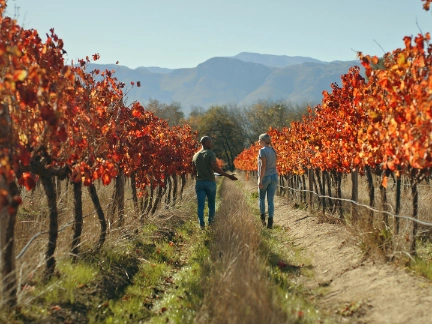

L'ADN d'Atradius

Rapports

Carte interactive de risques
-
Assuré d'être payé!
-
L'ADN d'Atradius
-
Rapports
-
Carte interactive de risques
Vos défis
31
Faillites / jour en Belgique
Soit 1,3 faillites par heure en Belgique (jour et nuit). C'est donc un véritable défi que de gérer son entreprise de manière à ne pas subir de pertes et à choisir les bons clients. Atradius peut vous y aider.
Nous proposons différents produits d'assurance-crédit. Que vous représentiez une multinationale avec des filiales et des succursales dans le monde entier, que vous fassiez partie d'une start-up ou que vous soyez à la tête d'une PME en pleine croissance, nous avons une solution qui répond à vos besoins en matière d'assurance-crédit professionnelle, flexible et axée sur les données.
Nos produits d'assurance s'accompagnent d'une large gamme de services digitaux qui vous garantissent une gestion efficace du crédit.


Atradius Collections propose ses services de recouvrement de créances dans tous les pays, fuseaux horaires, devises et langues, quel que soit l'endroit où vous ou votre débiteur vous trouvez dans le monde.

Les garanties et les cautions constituent une part importante de vos activités commerciales. Atradius est un fournisseur de garanties internationalement reconnu avec une approche locale.

Parfois, l'assurance-crédit normale ne couvre tout simplement pas les besoins du client. Atradius Credit Specialties propose alors des solutions pratiques sur mesure.

Dans la précédente édition des Perspectives économiques d'Atradius, publiée en juillet, nos économistes avaient prédit un atterrissage en douceur de l'économie. Cette fois-ci, ils nous conseillent d'attacher nos ceintures de sécurité.
Inscrivez-vous ici pour recevoir gratuitement le Flash Atradius, notre newsletter numérique.
Vous recevrez régulièrement des informations intéressantes sur le credit management, des conseils précieux, de nombreuses astuces et des nouvelles importantes!
Je souhaite en savoir plus.































